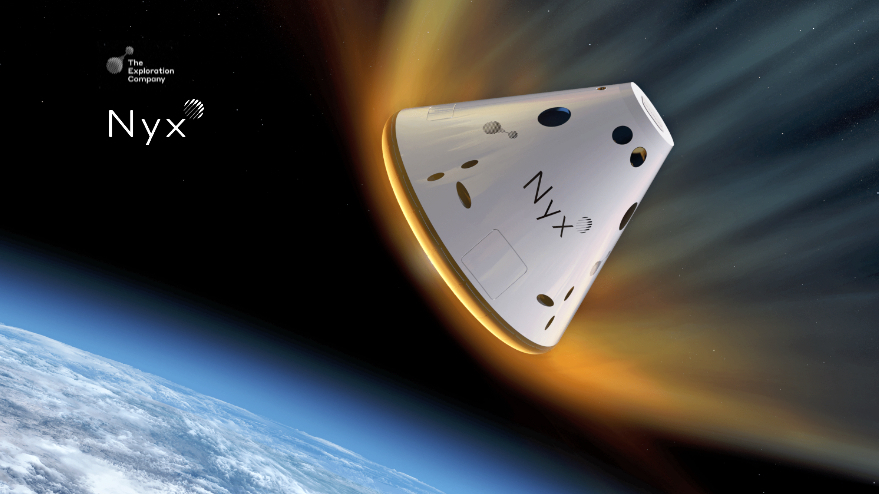360-Degree View: In the Lab with NASA's InSight Mars Lander
A new 360-degree video on NASA's YouTube channel shows an engineering model of the InSight lander testing out instrument deployment in a simulated Martian environment at NASA's Jet Propulsion Laboratory (JPL) in California.
After years of moving rovers around the surface of Mars, NASA's next mission to the Red Planet will be a more stationary one. As the agency said in a recent statement, the main job of InSight, which launches no earlier than May 5, will be "to stay very still, and to gather high-precision data."
InSight will be the first Martian mission focused on the interior of the planet, measuring "marsquakes" and the planet's internal temperature. The data it gathers will help scientists better understand how all rocky planets form, including Mars itself. [Missions to Mars: A Robot Red Planet Invasion History (Infographic)]
As team member Marleen Martinez Sundgaard explains in the video, JPL uses crushed garnet to simulate the Martian regolith (or soil). "It simulates the Martian surface, but it has the added benefit of being dust-free," said Sundgaard, InSight's test-bed lead.
The aim is to make sure InSight can put its instruments down safely, even if it lands on an uneven patch of dirt. The spacecraft must carefully set down a seismometer (called a Science Experiment for Interior Structure), a shield to protect the seismometer from wind and changes in temperature (the Wind and Thermal Shield), and a heat-flow probe (Heat Flow and Physical Properties Probe). Its operations were tested in the lab at different tilts, going up to as high as 15 degrees.
"All this practice ensures InSight can set these objects down safely no matter what surprises its landing site has in store," NASA officials said in the statement.
The team must figure out how to safely place the instruments without tangling the individual tethers supplying power to each instrument, Sundgaard said. "We have multiple places where we could put each instrument down," he added in the statement. "There are scenarios where the tethers would cross each other, so we need to make sure they don't snag."
Breaking space news, the latest updates on rocket launches, skywatching events and more!
Researchers are also using the lab to re-create the Martian surface's brightness and color as sunlight hits it, taking into account the planet's greater distance from the sun and its perpetual cloudiness from dust in the atmosphere. This helps calibrate the cameras.
If the spacecraft makes it safely, it will join two other long-running NASA missions on the surface of Mars: the Opportunity rover (which landed in 2004) and the Curiosityrover (which landed in 2012).
Follow us @Spacedotcom, Facebook and Google+. Original article on Space.com.
Join our Space Forums to keep talking space on the latest missions, night sky and more! And if you have a news tip, correction or comment, let us know at: community@space.com.

Elizabeth Howell (she/her), Ph.D., was a staff writer in the spaceflight channel between 2022 and 2024 specializing in Canadian space news. She was contributing writer for Space.com for 10 years from 2012 to 2024. Elizabeth's reporting includes multiple exclusives with the White House, leading world coverage about a lost-and-found space tomato on the International Space Station, witnessing five human spaceflight launches on two continents, flying parabolic, working inside a spacesuit, and participating in a simulated Mars mission. Her latest book, "Why Am I Taller?" (ECW Press, 2022) is co-written with astronaut Dave Williams.

